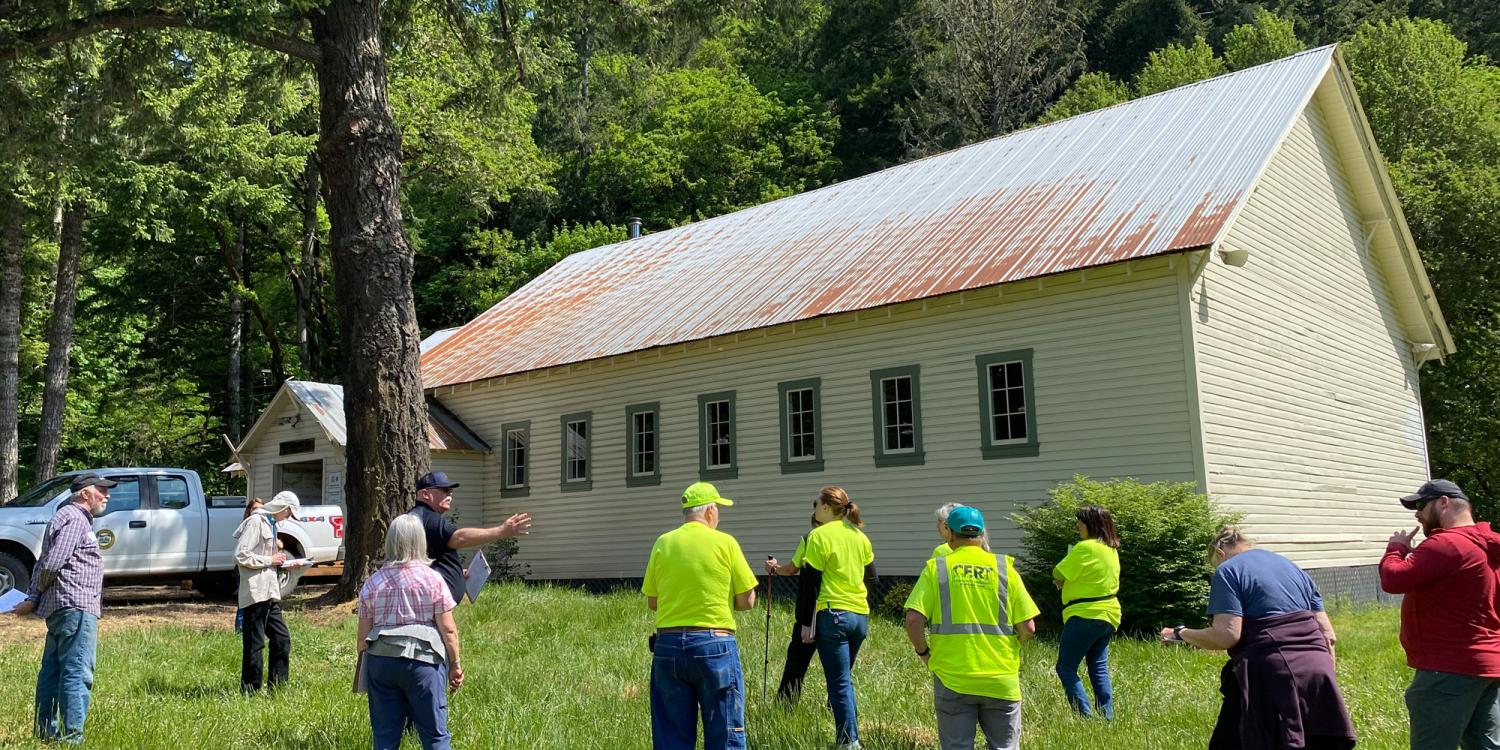
Wildfires are natural occurrences of ecological value, but when wildfires threaten the built environment, significant negative impacts may occur. Research on structure damage in wildfire events demonstrates that building materials and condition, along with the fuel’s composition within the first 100 feet around the structure – known as the Home Ignition Zone – are primary determinants of structure ignitions in wildfires. Thus, home hardening and creating defensible spaces are critical strategies to reduce structure loss in wildfires.
In Western Oregon, shifting towards a paradigm of “living with fire” requires significant investment in education, resources and implementation of home-hardening and defensible-space approaches. State, county, and local agencies engaged in wildfire mitigation have expressed interest in more cohesive and collaborative approaches to Home Ignition Zone assessments and education.
In response, Oregon State University Extension Service collaborated with Benton County, Oregon Department of Forestry Home Ignition Zone assessors, Oregon State Fire Marshal and local fire districts to design resources for community members and advance cohesive, learner-centered Home Ignition Zone education.
OSU Extension and partners combined and adapted resources from multiple agencies to create a two-page checklist for residents. The checklist includes critical home hardening, defensible space, and wider homesite considerations to reduce structure ignition potential, designed with language accessible to a homeowner audience.
Extension also led a collaborative effort in Marion and Benton counties to develop and pilot a modular Home Ignition Zone workshop at various locations. The workshops employed local agency representatives as instructors in hands-on sessions. Participants received personalized attention from instructors and engaged in applied learning activities, such as mock home assessments.
As a result of the multiagency education efforts through the workshops, partner agencies saw value in these collaborative efforts. In a post-event survey of the Benton County workshop, all of the organizers and instructors said that this initiative strengthened their relationships with other entities in the wildfire resilience community in the county. In addition, 91% of the workshop participants said that based on what they learned at the workshop they planned to make at least one change on their property. Eighty-five percent of participants stated that after the workshop, they’d be likely to reach out to one of the partner organizations for support on fire preparedness.
In a survey of attendees of the workshop at Tree School Clackamas, all seven respondents rated the course a five out of five for meeting their expectations about content. They all suggested that they were “very likely” to use the information they learned in the next 12 months.